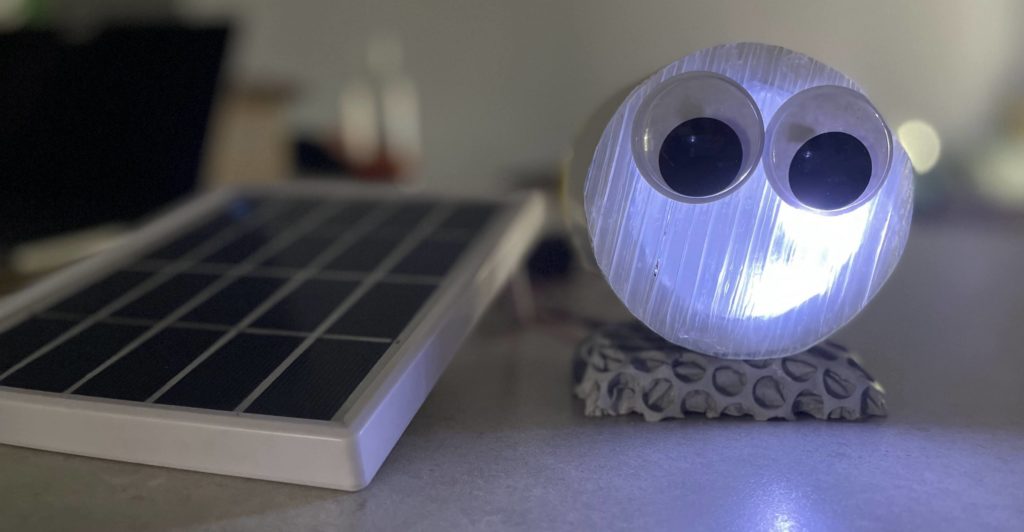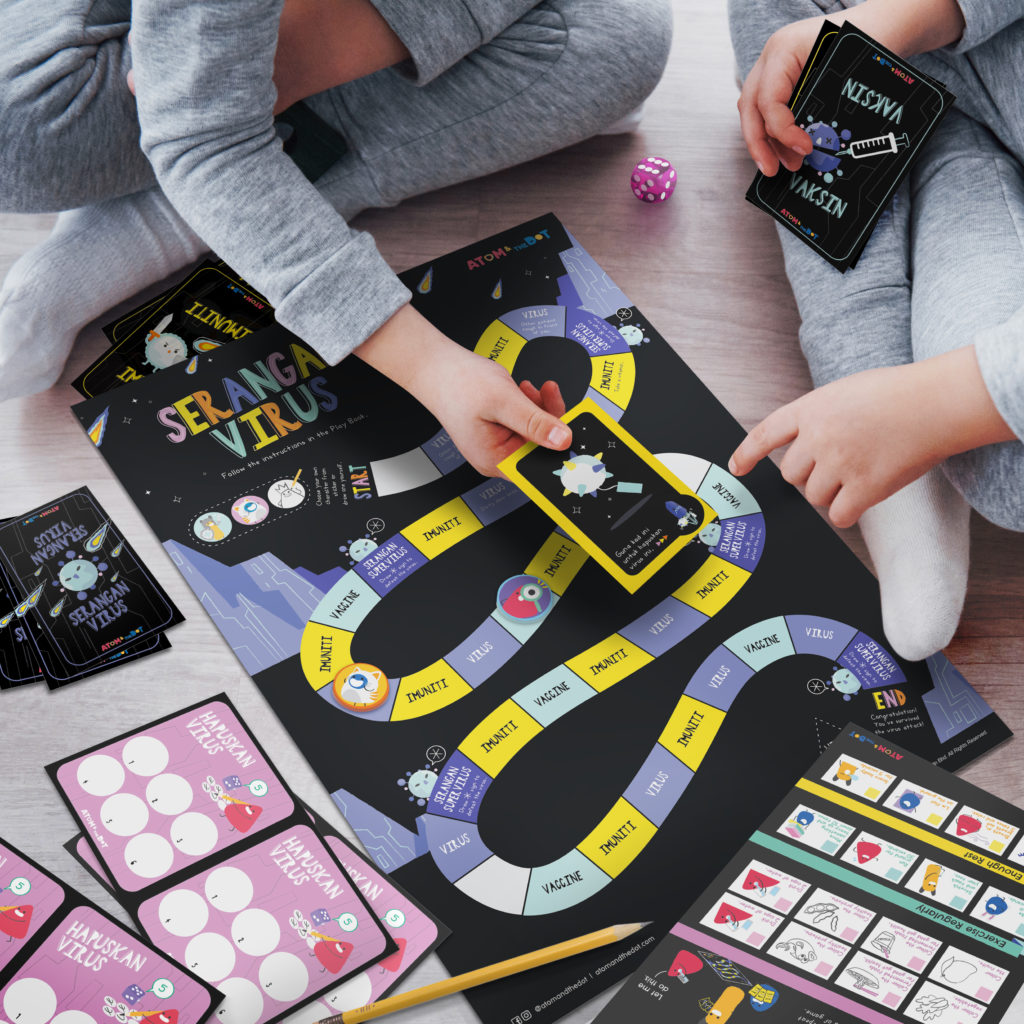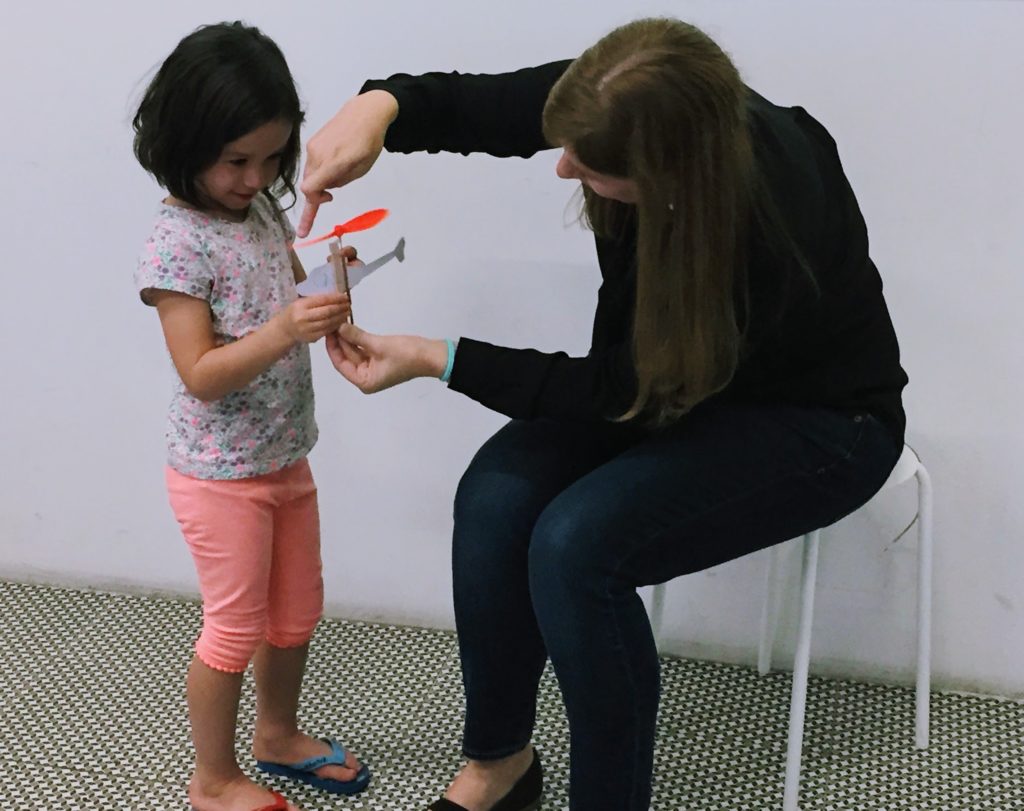How to create fun & engaging STEAM activities
STEAM stands for Science, Technology, Engineering, Art and Mathematics.
When the learning process is relevant and enjoyable, students participate more and retain information better.
Play is a great way to make learning so much more fun! Now all you have to do is create exciting and engaging STEAM hands-on activities to keep them engaged. #learnthroughplay
Here are our top 5 tips to make learning so fun they keep coming back for more.
 Rechargeable, Solar Powered Lamp
Rechargeable, Solar Powered Lamp1. Use Art to make activities more engaging
Art is open ended and flexible making it accessible across the board. We like incorporating Art in our activities by getting students to make Art with Science.
When introducing static, the students make a butterfly garden art piece where the butterfly wings are made of tissue. Then they rub a balloon on their hair, move it towards the tissue to make the wings flutter.
When introducing magnets and magnetism, the students use a magnet wand to move magnetic pieces around to create their own Jackson Pollock style action painting.
 Magnet Painting @ ILHAM Gallery, Kuala Lumpur
Magnet Painting @ ILHAM Gallery, Kuala Lumpur2. Use Games to explain complex concepts
Games are great for introducing complex concepts because you can gradually introduce it in the form of characters, pieces or steps in the game. During the pandemic, we designed an activity to introduce the immune system.
We set a scene where imposters (aka viruses) were attacking, and different characters (aka the immune system) had to defend itself from the imposters. Characters include intelligence, a wise man who remembered every attack that had ever happened and a weapons factory which produced weapons to defeat the imposters.
Through the game, the students get an overview of the different players in their immune system and learn practical ways to improve their own immunity.
 Virus Attack Game (Serangan Virus), from The Learning Box Project
Virus Attack Game (Serangan Virus), from The Learning Box Project3. Use Stories and Characters to bring activities to life
We tell stories describing incidences of how Science appears in daily life. The characters are usually set in environments that students can imagine themselves in. This makes the lesson more interesting and memorable.
Don’t forget to inject some humour and silliness in it. Everyone loves a good laugh.
 Light Up The City Story & Activity Book Launch @ LinDees, Seri Hartamas
Light Up The City Story & Activity Book Launch @ LinDees, Seri Hartamas4. Select activities that students can relate to or observe
Get students to make rudimentary versions of tools they might use in daily life or create life hacks with Science.
Our students built a DIY vacuum cleaner with a fan, battery, bottle and some mesh. The students could easily observe how the different components worked together.
We used this model to introduce air pressure and the Bernoulli Principle. If we started the conversation with the Science, the students might’ve been overwhelmed by the technicalities. But by starting point with an observable DIY, we believe this makes the students more curious about the topic.
 DIY Rubber Band Helicopter, from Power Up box on Energy
DIY Rubber Band Helicopter, from Power Up box on Energy5. Look for activities with an element of surprise
Make things float in the air, change colour, disappear or bubble over. The internet is full of inspiration for these – search “mind blowing Science experiments“.
Use one of these as a demo to WOW the students when introducing a new topic. This is a great way to capture their attention.
Psst – Did you know that apart from being fun, these hands-on activities engage multiple parts of the brain concurrently. That helps improve learning and retention of information.
